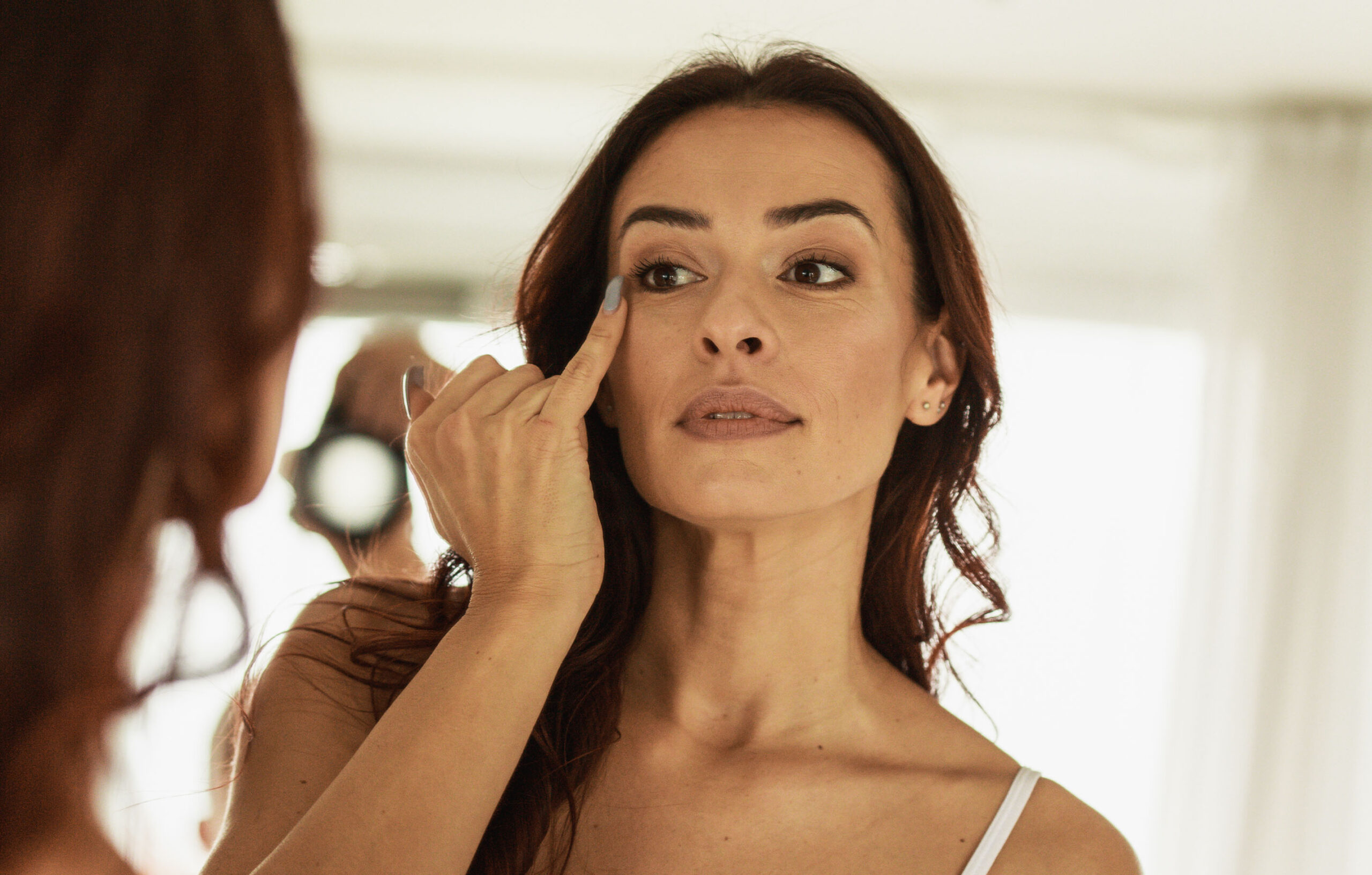More plastic surgeons than ever are offering and performing facelifts, with the American Association of Facial Plastic and Reconstructive Surgery reporting that a stunning 90 percent of members perform facelifts each year. With the number of facelifts performed per year up 60 percent from 2017, it’s clear that facelift popularity is higher than ever. But why exactly has the surgical facelift become so popular?
According to experts, the facelift is a household name for plastic surgeons for a few reasons. For one thing, surgeons are refining, perfecting and innovating on traditional techniques to create better and better results. Add that to the increasing interest in these procedures from younger patients, and you end up with facial plastic surgeons conducting an average of 48 facelifts or partial facelifts in a year.
Featured Experts
- R. Laurence Berkowitz, MD is a plastic surgeon based in Campbell, CA
- Kathleen Behr, MD is a dermatologist based in Fresno, CA
- Kamakshi R. Zeidler, MD is a plastic surgeon based in Campbell, CA
- Ozan Sozer, MD is a plastic surgeon based in El Paso, TX
- Robert Singer, MD is a plastic surgeon in San Diego, CA
Facelift Popularity Rose as Techniques Refined
One major factor in the continued rise of the facelift is that it doesn’t have to be as invasive as it used to be. Traditional facelifts involved a lot of post-op downtime and ended with a visible scar, but these days there are new techniques and innovations making the surgery less invasive and more undetectable than every before.
“Many advancements in facelifts have come out of the American Board of Plastic Surgeons and the American Aesthetic Society,” explains San Diego, CA plastic surgeon Robert Singer, MD. “Techniques have refined and we’re focused on results that refresh the face, rather than change it”
If you’re thinking about getting a facelift, it’s paramount to consider both the artistry of your surgeon and how they will tailor a procedure to you.
“It’s important to remember that many surgeons may be experienced in and perform one kind of facelift,” Dr. Singer says. “And that might not fit every patient. You want a surgeon to be able to create a bespoke plan for you. The difference between a good facelift and a great one is in the artistry of the surgeon.”
Campbell, CA plastic surgeon R. Laurence Berkowitz, MD explains that new facelift techniques and plastic surgery innovations have led to an explosion of minimally invasive facelifts. “About 60% of the facelifts I do now are considered ‘mini facelifts,'” Dr. Berkowitz explains. “I most often perform a minimal access cranial suspensions, or a MACS lift, which I have found to be an incredible procedure.”
Innovation in the space may mean the development of an entirely unique style, like for El Paso, TX plastic surgeon Ozan Sozer, MD. “I have invented some facelift procedures that, if the patient is young enough, results in zero visible scarring,” Dr. Sozer explains.
Younger Patients Are Investing in Themselves
According to Fresno, CA dermatologist Kathleen Behr, MD, the interest from younger patients has driven the aesthetic industry to innovate towards preventative aging. “The whole idea of prejuvenation and preventative aging has really surged, especially with the younger generation,” Dr. Behr explains. “We start losing collagen in our 20s, and they want to do everything they can to prevent wrinkles from forming in the first place.”
Perhaps due to these improved outcomes, younger patients who are interested in pursuing cosmetic enhancement have also found themselves drawn in by the power of the invasive surgery, driving up facelift popularity.
“We’re seeing younger patients choosing more invasive surgeries at my practice,” explains Campbell, CA plastic surgeon Kamakshi R. Zeidler, MD. “They want to invest in a procedure that carries a great result and that is more sustainable over time than some of the noninvasive techniques that may damage skin quality or need to be redone often.”
“Twenty years ago my average patient for a face lift was in their 60s,” Dr. Singer says. “These days they’re in their 40s and 50s.”
There is some debate about how an early facelift (say in your late 30s to early 40s) lasts over time.
“In my own observation over the past 45 years of practicing,” Dr. Berkowitz says, “I believe that patients who have had a facelift in their early 40s do look better at age 60 than those 60-year-old patients who have never had a facelift. That said, they might require a second facelift and volume restoration to improve that result after two decades or so have passed.”

















